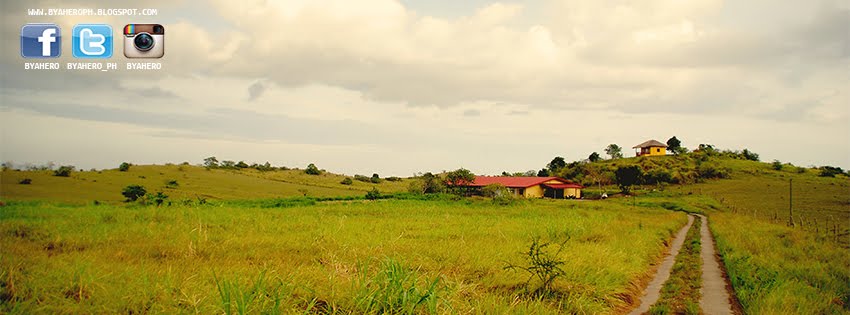Geography and Climate
La Trinidad is located 3 km north of Baguio City and is 256 km north of Manila. It is bounded on the north by the municipality of Tublay, on the south by Baguio, and on the west by Sablan and Tuba.
The municipality has a land area of 8273.80 hectares, representing 3.16% of the provincial land area. The terrain is generally mountainous with springs, rivers and creeks. La Trinidad's valley floor elevation is at 1300 meters above sea level. Elevation ranges from 500 to 1700 meters above sea level.
La Trinidad belongs under the Type I climate by the Coronas System of classification with distinct wet and dry seasons. The dry season is from November to April while the wet season occurs during the rest of the year. The climate is cool with temperatures ranging from 11.7 C during the month of December at its coldest and 23.2 C at its warmest during the months of March, April and May. The average daily temperature is 18.55 C. Wind velocity is 1.43. During the rainest month of August, the rainfall average is 850.70 mm.
The municipality is also the home of the following schools:
* science high school for the CAR region: Cordillera Regional Science High School
* the first university in the province of Benguet: Benguet State University
* established in 1960s, its first Catholic School: San Jose High School.
* the first private tertiary educational institute in the BIMAK (Bengeut, Ifugao, Mt. Province, Apayao, Kalinga) region: Cordillera Career Development College
It is also a burial place of:
* Deodato Arellano (1844 - 1899), a Filipino patriot and one of the founders of the Katipunan.
History
In 1942, Japanese soldiers were occupied in La Trinidad, Benguet.
In May 3, 1945, The Filipino soldiers of the 2nd, 11th, 12th and 13th Infantry Division of the Philippine Commonwealth Army, 1st Infantry Regiment of the Philippine Constabulary and the 66th Infantry Regiment of the United States Armed Forces in the Philippines - Northern Luzon or USAFIP-NL was liberated in La Trinidad, Benguet and attacking Japanese troops after the Second World War.






















.jpg)



.jpg)

.jpg)


